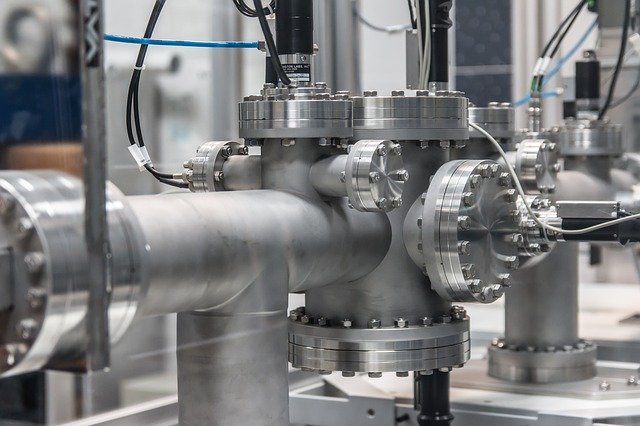
Online iPhone Selling: Leveraging Affiliate Marketing
In the fast-paced world of technology, the iPhone stands as a beacon of innovation and desire. Its sleek design, cutting-edge features, and the promise of a seamless digital experience have captured the hearts of millions worldwide. If you’re looking to venture into the lucrative business of online iPhone selling, leveraging affiliate marketing can be your golden ticket. This article will guide you on how to maximize your efforts and generate substantial income through this powerful marketing strategy.
Understanding Affiliate Marketing
Affiliate marketing is a performance-based marketing strategy where you earn a commission for promoting products or services of another company. In simpler terms, you partner with brands to promote their products, and in return, you get a slice of the profit when a sale is made through your referral link.
Imagine this: You’re sitting in a cozy café, sipping on your favorite latte, when a friend calls you in a panic. They’re stuck in a situation where they need to countermand an order urgently because they found a better deal elsewhere. As you calm them down, you realize that the world of online selling is similar. Customers are constantly looking for better deals, and affiliate marketing allows you to offer them just that—a better deal, a better experience, a better iPhone.
Why You Should Consider Selling iPhones with Affiliate Marketing
The beauty of affiliate marketing lies in its flexibility and scalability. You don’t have to worry about inventory, shipping, or customer service. Your primary focus is to drive traffic and generate sales through your unique affiliate links. Here’s why it works so well for the iPhone market:
1. High Demand and Trust: The iPhone is a product that practically sells itself. Its brand loyalty and high demand make it a perfect candidate for affiliate marketing. When you promote iPhones, you’re promoting a product that people already want.
2. Lucrative Commissions: Many companies offer attractive commission rates for selling iPhones. The more you sell, the more you earn. It’s a win-win situation that allows you to capitalize on the popularity of the product.
3. Endless Marketing Opportunities: From blogs and social media to email marketing and video content, there are countless ways to reach potential buyers. Your creativity in marketing can set you apart and increase your chances of success.
Steps to Successfully Sell iPhones Online
Identify Your Niche
Before diving into affiliate marketing, identify your target audience. Are you aiming at tech enthusiasts, budget-conscious buyers, or perhaps the fashion-forward crowd who want the latest iPhone model as a status symbol? Understanding your audience will help you tailor your content and marketing strategies to meet their specific needs.
Choose the Right Affiliate Program
Not all affiliate programs are created equal. Research and choose a program that offers competitive commissions, reliable payment structures, and excellent support. Apple’s own affiliate program or major retailers like Amazon and Best Buy are great places to start.
Create Engaging Content
Content is king, and it plays a crucial role in your affiliate marketing success. Whether it’s a blog post, a video review, or a social media shoutout, your content should be informative, engaging, and persuasive. Share personal anecdotes, like the time you encountered the term “antigenic” in a medical article and thought how complex yet fascinating it was, much like the intricate features of an iPhone that you’re promoting.
Utilize Social Media and SEO
Leverage the power of social media platforms and search engine optimization (SEO) to drive traffic to your affiliate links. Engage with your audience on platforms like Instagram, Facebook, and Twitter, where the culture of instant sharing and feedback thrives. Use relevant keywords such as “sell iPhone” strategically in your content to improve visibility and reach.
Monitor and Optimize Performance
Track your performance regularly to understand what’s working and what needs improvement. Use analytics tools to gain insights into your audience behavior, conversion rates, and revenue. This data will help you optimize your strategies and achieve better results.
The Power of Storytelling in Affiliate Marketing
Storytelling can be a powerful tool in affiliate marketing. Humans are wired for stories, and when you weave narratives into your marketing, you create a connection with your audience. Share experiences, like how discovering a new culture on a recent trip broadened your perspective, much like how an iPhone opens up a world of possibilities for its users.
When I sell iphone to a buyer, I remind myself that I’m not just selling a device—I’m selling a lifestyle, an opportunity to connect, create, and explore. By sharing my own stories, I can help others picture themselves in that lifestyle, which brings them closer to making a purchase.
Overcoming Challenges in Affiliate Marketing
Affiliate marketing isn’t without its challenges. Competition is fierce, and standing out requires effort and creativity. However, with determination and the right strategies, you can overcome these hurdles. Focus on building trust with your audience by providing honest reviews and transparent information about the products you promote.
Remember, successful affiliate marketing is about building relationships. Engage with your audience, answer their queries, and provide value. When you prioritize their needs, you build a loyal following that trusts your recommendations.
Conclusion: Your Path to Success
Embarking on the journey of online iPhone selling through affiliate marketing can be both exciting and rewarding. By understanding your audience, choosing the right affiliate program, creating engaging content, and leveraging the power of storytelling, you can carve out a niche in this dynamic market.
As you navigate the world of affiliate marketing, remember the lessons learned from countermanding an order, embracing new cultures, and understanding the complexities of terms like antigenic. These experiences enrich your approach, making your marketing efforts more authentic and relatable.
So, are you ready to take the leap and sell your iPhone through affiliate marketing? The path to success awaits, and with the right strategies, you can turn this opportunity into a thriving business venture.











